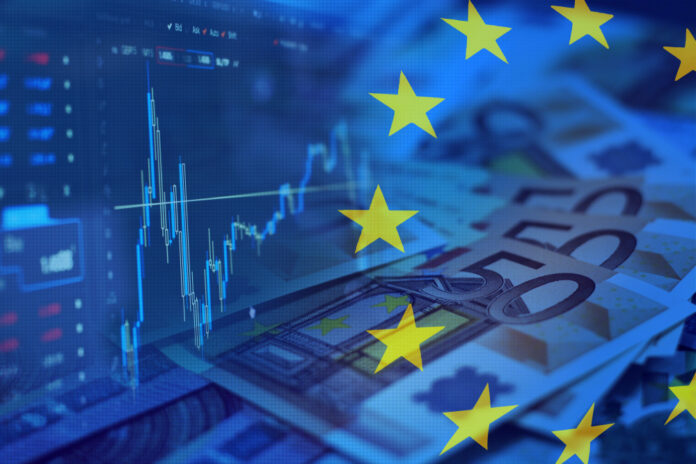The U.S. dollar was steady on Wednesday as traders weighed the potential impact of U.S.-Russia peace talks over Ukraine and a fresh tariff threat from President Donald Trump.
By 07:20 ET (12:20 GMT), the U.S. dollar index, which tracks the greenback against a basket of other currencies, was up 0.1% at 107.21, reclaiming ground after falling 1.2% last week. The euro, meanwhile, also came under pressure versus the dollar, declining 0.2% to $1.0426.
“It looks like they (Moscow) want to do something,” Trump said, referring to the ongoing peacemaking talks between the two countries. He added that he may meet with Russian President Vladimir Putin before the end of February. The talks in Saudi Arabia resulted in pledges to continue negotiations, although reports indicated that Russia’s stance had hardened, particularly regarding Ukraine’s potential NATO membership.
Critics of Trump expressed concern that Ukraine was excluded from the discussions in Riyadh, marking the first direct talks between the US and Russia since Russia’s full-scale invasion of Ukraine in 2022. Ukraine has consistently stated that it can only participate in peace talks if it has some influence over the outcome.
Trump’s Tariff Threats Renew Concerns
Trump also proposed imposing a 25 percent tariff on imported cars and hinted at additional tariffs on semiconductors and pharmaceuticals. This announcement is the latest in a series of tariff threats since he began his second term in office last month.
Economists have warned that these tariffs could reignite inflationary pressures and delay potential interest rate cuts by the Federal Reserve this year. This scenario could strengthen the dollar while exerting downward pressure on foreign currencies.
Investors are closely monitoring the release of the Federal Reserve’s minutes from its recent policy meeting on Wednesday. They are seeking more clarity on the Fed’s views regarding the economic impact of these tariffs and how they might influence its interest rate strategy.
UK Inflation and Currency Volatility
In the UK, inflation rose more than expected in January, reaching a 10-month high of 3.0 percent, according to data from the Office for National Statistics. The report triggered volatility in the British pound, as traders reacted to the surprising increase.
Mixed Reactions in Asian Markets
In Asia, the Japanese yen’s USD/JPY pair remained virtually flat as Japan reported a larger-than-expected trade deficit in January. This was attributed to weaker-than-expected exports and a surge in imports, both of which exceeded forecasts.
“Japanese trade data indicate a moderate economic recovery is underway this quarter, but the jump in exports comes with significant caveats, particularly the threat of US tariffs on imports, which complicates the forecast,” analysts at ING noted.
The onshore Chinese yuan remained relatively unchanged, with the USD/CNY pair showing little movement. Meanwhile, its offshore counterpart, the USD/CNH, gained 0.2 percent.



